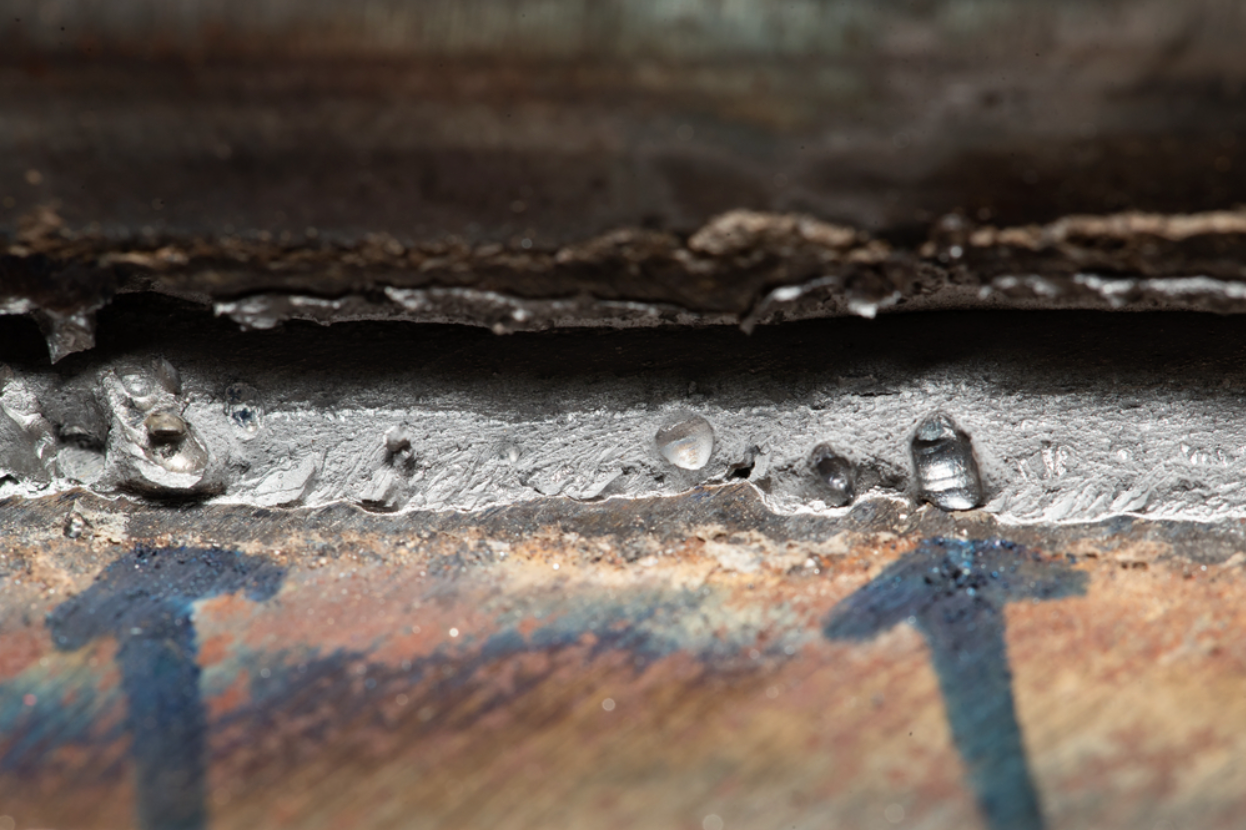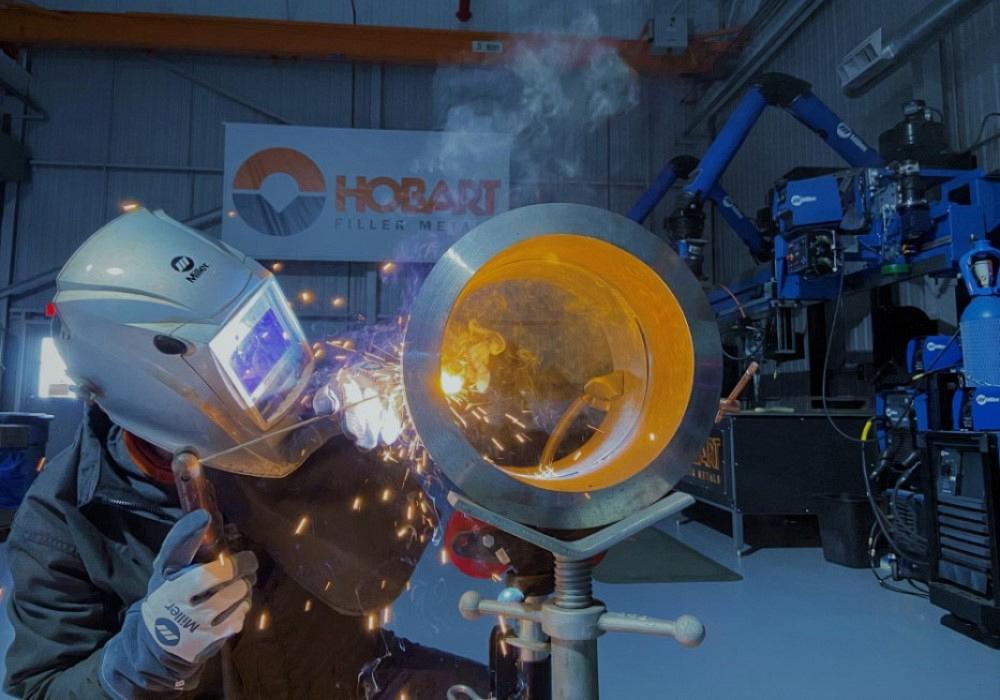Understanding the Causes and Solutions for Undercut Welding in Metal Fabrication Processes
In the realm of metal fabrication processes, the occurrence of undercut welding poses a significant challenge that demands a comprehensive understanding of its reasons and viable solutions. The intricate interaction of numerous aspects throughout welding procedures can result in this unfavorable phenomenon, impacting the architectural honesty and general high quality of the welded joints - Preventing weld undercut. By dissecting the origin creates of undercut welding and checking out efficient remedial measures, makers can raise the requirement of their workmanship and ensure the manufacturing of perfect metal components
Usual Causes of Undercut Welding
Frequently overlooked in steel construction, undercut welding occurs as a result of different elements that require careful attention and knowledge to be effectively mitigated. One typical source of undercut welding is too much warm input. When the heat input is expensive, it can result in the melting and succeeding erosion of the base product along the edges of the weld joint, creating a groove or undercut. Furthermore, improper welding methods, such as using the incorrect welding angle or travel rate, can also add to undercut development. Inadequate securing gas coverage is one more key aspect that can result in damaging. Not enough gas protection stops working to safeguard the weld pool adequately, resulting in oxidation and undercut flaws. The choice of welding parameters, such as voltage, present, and cable feed rate, plays a substantial duty in the event of undercut welding. Understanding these common reasons is vital for executing safety nets and making sure premium welds in steel fabrication procedures.
Influence of Incorrect Welding Parameters
Unreliable welding parameters can considerably endanger the integrity and quality of welded joints in metal construction procedures. The influence of incorrect welding parameters materializes in different means, leading to architectural weaknesses and defects in the bonded components. Precise interest to welding criteria is extremely important to ensure the production of premium welds with the preferred mechanical buildings and architectural honesty.
Effect of Improper Torch Angle
Incorrect torch angle in welding operations can substantially affect the high quality and stability of the final weld joints in metal construction procedures. The lantern angle plays a critical duty in determining the heat input and circulation throughout welding. When the lantern angle is inaccurate, problems such as undercutting can occur. Undercutting is a typical welding problem where a groove develops along the weld toe, compromising the joint and compromising its structural honesty.
A torch angle that is too high can bring about not enough infiltration, incomplete fusion, and enhanced spatter. On the various other hand, a torch angle that is too superficial can lead to excessive infiltration, burn-through, and distortion of the base material. Preventing weld undercut. Proper lantern angle is necessary for making sure consistent weld high quality, strength, and look
To stop undercutting and various other problems triggered by inappropriate torch angles, welders have to be trained to maintain the right lantern angle throughout the welding process. Normal monitoring and change of torch angles throughout welding can assist attain sound welds with marginal flaws.
Role of Inadequate Welding Methods

One more aspect of inadequate welding techniques is incorrect weld preparation. Inadequate cleaning of the base steels, wrong joint layout, or not enough side preparation can all add to undercut welding. Moreover, inadequate securing gas insurance coverage or making use of the incorrect sort of gas can lead to incomplete blend and the development of undercut flaws.
To address the duty of insufficient welding techniques in steel construction processes, it is vital to give detailed training for welders. Appropriate education and learning on welding criteria, joint prep work, and protecting gas selection can aid avoid undercut welding and ensure high-grade welds in metal fabrication tasks.
Effective Solutions for Undercut Welding
Resolving undercut welding in metal manufacture needs implementing reliable services to boost weld high quality and architectural stability. Among the main remedies to fight undercut is to readjust welding specifications such as voltage, existing, and travel rate to ensure correct warm input and blend. By fine-tuning these settings, welders can stop excessive melting of the base metal and filler product, reducing the probability of undercut development.
Additionally, appropriate joint prep work is important in protecting against undercut. Making sure clean base metal surface areas without contaminants and utilizing the ideal bevel angle can help promote much better weld infiltration and reduce the danger of undercut - Preventing weld undercut. Employing appropriate welding methods, such as oscillating the torch or weaving, can likewise assist in distributing heat uniformly and filling up the weld joint adequately, reducing the possibility of undercut flaws
In addition, selecting the right welding consumables, consisting of electrodes and filler steels, is important in reducing undercut. Utilizing products with proper chemical make-ups and mechanical residential or commercial properties can add to accomplishing audio welds with very little undercut. Normal assessment and top quality control actions need to additionally be applied to detect and address undercut issues promptly, guaranteeing the overall integrity of made steel parts.

Conclusion
To conclude, understanding the reasons and remedies for undercut welding in steel construction processes is essential for achieving top quality welds. By addressing usual reasons such as inaccurate welding parameters, inappropriate lantern angle, and insufficient welding methods, welders can prevent damaging and make sure strong, durable welds. It is vital to pay focus to these aspects and carry out effective remedies to Read Full Report enhance the general welding process and last item quality.
